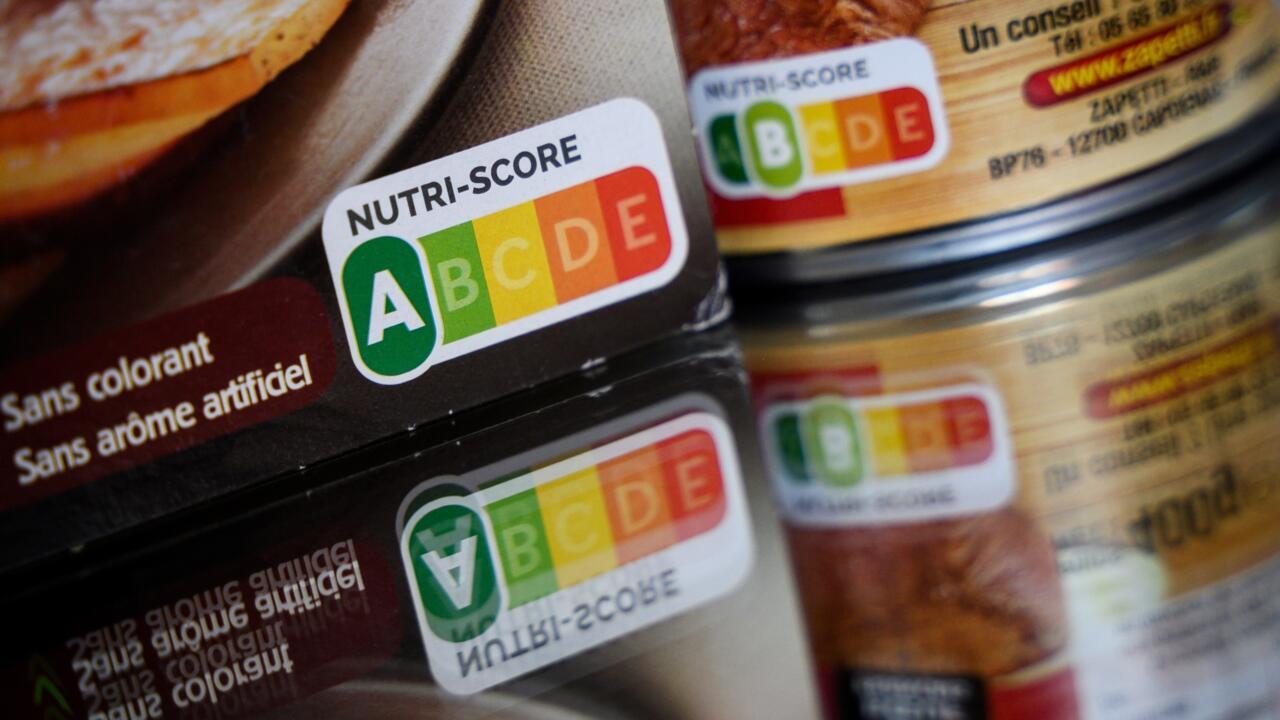Labelling in the EU is meant to give consumers accurate and honest information on the contents of their food so they can make informed decisions about what they are buying. But due to gaps in EU rules consumers can easily get “lost in a maze” of puzzling claims, according to the European Court of Auditors (ECA).
“Instead of bringing clarity, food labels too often create confusion; there are hundreds of different schemes, logos and claims that people need to decipher,” said Keit Pentus-Rosimannus, an ECA auditor. “Companies can be very creative in what they put on packaging, and EU rules have not caught up with a constantly evolving market, leaving some 450 million European consumers vulnerable to intentionally or unintentionally misleading messages.”
EU rules require producers to list ingredients, allergens and other mandatory information on food packages. Firms can then add voluntary statements including nutrition and health claims – such as “source of Omega-3 fatty acids” or “calcium is necessary to maintain healthy teeth”.
Here the picture gets muddier, according to the 27-nation bloc’s spending watchdog, as current rules allow businesses to zoom in on the more flattering features of their products and gloss over other aspects. An energy bar with lots of sugar can for example be branded simply as “high in protein” and a fatty orange cookie as a “source of fibre”, according to the report.
Even when such claims are false, checks and penalties are weak and almost non-existent for online food sales, it said. Health claims related to plant-substances or “botanicals” are not yet regulated at EU level, which leaves consumers potentially exposed to assertions not supported by science, the auditors added. Similarly, there is no EU definition of what “vegan” and “vegetarian” mean, although private certification schemes exist. Finally, different “front-of-pack nutrition labelling” schemes such as Nutri-Score and Keyhole, which aim at helping shoppers identify healthier food options, are in use in different countries, adding to the confusion, the ECA said.
European consumer rights group Foodwatch is pushing for Nutri-Score, currently used in France, Germany and a handful other countries, to be adopted across the bloc.
The ECA urged the European Commission to take a number of steps including addressing the gaps in the EU legal framework, and strengthening member states’ checks on voluntary labels and online retail.



Bullshit. All the information you could ever need is on the packaging already.
edit: if you disagree with me, please enlighten us what you think should be added? We have a complete list of ingredients sorted by amount contained, a detailed breakdown of nutrients from carbohydrates to fiber to sodium content, as well as a declaration of origin…I really don’t see what’s wrong. If you care about the quality of the product and/or your health, just read the information provided. It’s all there.
Of course the consumer must not be so gullible to look only at the shiny claims on the front. If you don’t want to get confused by “puzzling claims” just IGNORE them altogether and assume they’re on the packaging to entice or even mislead you into buying the product. If it says “made with natural ingredients” you know that it’s mostly artificial ingredients. Otherwise it would say “made from all natural ingredients”.
If you think about fair trade and rainforest alliance, there are many “green” labels and fair worker wage/ no slavery labels. Most of them are owned by a brand and not transparent.
We could use some clarification there.
Perhaps. But unlike nutritional facts, the fair treatment of workers/farmers, the sustainability of the company’s product sourcing, or the ethical treatment of animals are extremely difficult to monitor and evaluate. All too often, even respected labels do not represent the truth.
I remember a TV report about ethically sourced cobblestones a few years ago. Reporters showed through painstaking research in the source country that the stones had in fact been hewn by children working in a dusty quarry without any form of protective equipment…
The only way around this is probably to buy local whenever possible, and that is something which is truthfully indicated on the package.